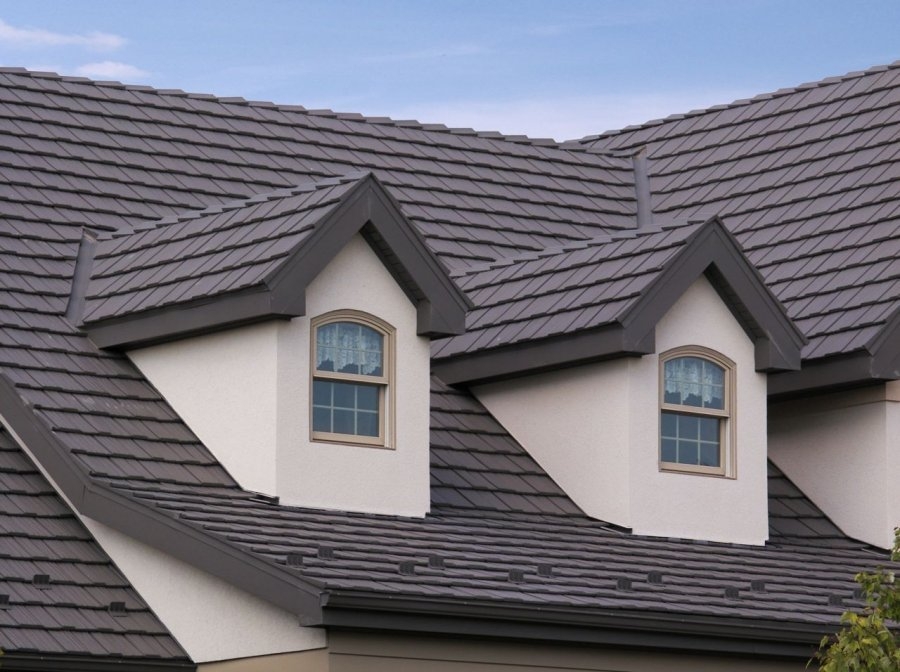Built-up Roofing Details
Typically, roofs with slopes and angles were favored for most residential buildings and even some commercial artifices. Their natural ability to stream away rain and snow without installing heavy-duty insulation systems has made them an effective and affordable option when it comes to roofing.Built-up roofing is how to roof a house a continuous, semi-flexible flat roof that consists of plies, coated felts, and fabrics collected together. They have been used in the U.S. for almost a century and are usually referred to as tar and gravel roofs, as these are some of the primary materials used in its construction.
Built-up roofs come int tow types, asphalts and coal tar to construct alternating layers of bitumen and roofing felts directly over the roof decks and insulation. The tar is used to soak into the roofing felt and durably hold all the elements together.
Built-up roofing has been around since the 1840s as a reliable option that was readily available for installing new roofs. All it requires is three essential components: a waterproofing component, a reinforcing component and a surfacing component. Most roofs apply variations of these components to create more durable, waterproof roofs. A few even use around 10 ply sheets for just one roof! This helps protect the roof from potential leaks while maintaining a stable platform for solar panels and roof gardens installed on the roof.
Built-up roofs are very dependable and work great for many reasons, however, they do have some drawbacks. The maintenance of the roof seems to be the primary concern. Built-up roofs are built flat and as one so when a leak occurs it can be difficult to place the location of it, causing one to have to dismantle the entire roof. 1. In order to avoid this, constant maintenance of the roofing system is required. However, if the roofing surface is properly taken care of you won't need to re-asphalt the layers. This means draining the rain ponds that form after long storms and resurfacing the top layer with reflective materials to prevent the sun from overheating the surface and making the asphalt underneath dry and brittle.
On the other hand, built-up roofs are flat, which makes maintenance a much easier task. These flat roofs also create more flexibility because you can add things to your roofing space such as roofing gardens, solar panels, furniture or in-ground pools. Flat roofs are always easier to place roofing gardens on because of its flat surface.
Then benefits of this type of roof are great, however, the drawbacks are something to consider. Remember, a built-up roof requires labor and maintenance, unless your ready to take that on; think twice. Built-up roofing is a great option for all building types while remaining reliable and cost-effective.
